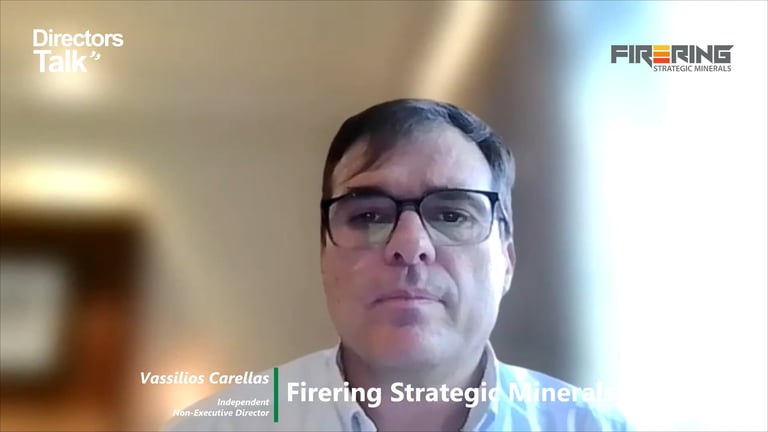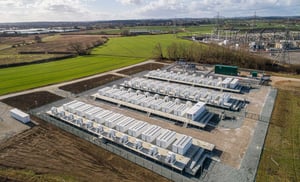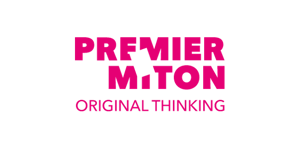As environmental regulations in the United States continue to tighten, one material is quietly emerging as a critical enabler of cleaner air, safer water, and compliant industrial operations. Behind the scenes, lime is proving indispensable to a growing number of sectors tasked with pollution control and environmental stewardship.
Lime is not just a mineral—it’s a multipurpose workhorse playing a central role in how municipalities, utilities, and industries meet regulatory standards. Its application in treating stack gases is pivotal for curbing hazardous emissions from power plants, industrial facilities, and waste incinerators. By absorbing and neutralising sulphur oxides, lime helps reduce the formation of acid rain and limits the release of toxic substances like mercury. These air quality benefits have made it a preferred choice in pollution abatement strategies.
In the municipal space, lime is essential for the purification of drinking water. It helps soften potable water and efficiently strips it of impurities. This function is more than just about water clarity—it’s about public health, compliance, and long-term infrastructure sustainability. Municipalities also rely on lime for the hygienic treatment of sewage sludge, especially from concentrated animal feeding operations, where it offers an economical and effective solution to handle large-scale waste.
Industrial and mining operations turn to lime to solve a different but equally pressing challenge: wastewater treatment. Acidic runoff, rich in harmful components like nitrogen and phosphorus, is neutralised through lime-based treatments. The addition of lime adjusts pH levels, encourages solid separation, and promotes water clarity—steps that are vital before any discharge or reuse. It’s a cost-efficient, reliable, and scalable solution for some of the country’s most complex environmental compliance needs.
The significance of lime in these sectors is set to grow. As federal and state-level pollution control frameworks evolve, the burden on facilities to meet stricter benchmarks will increase. That reality will push demand for proven, adaptable treatment options—putting lime in an enviable position. For investors, this translates into a tangible opportunity: a staple commodity with rising relevance, deeply integrated into the infrastructure of regulatory compliance.
Lime’s ability to serve multiple environmental functions with cost efficiency and consistency makes it a strategic asset, not just for end-users, but for those backing the supply chain behind it. Companies producing and distributing lime aren’t merely selling a material—they’re enabling cleaner, safer, and more compliant operations across America.
This growing necessity across core sectors makes lime more than just an industrial input—it’s a foundation for environmental progress.
Firering Strategic Minerals plc (LON:FRG) is an AIM-quoted mining company focused on becoming a near-term cash generating producer of Quicklime, through their Limeco Project in Zambia, whilst at the same time progressing with the exploration and development of their Atex Lithium Project, Côte d’Ivoire. production right—without it, the shift away from fossil fuels will stall.






































